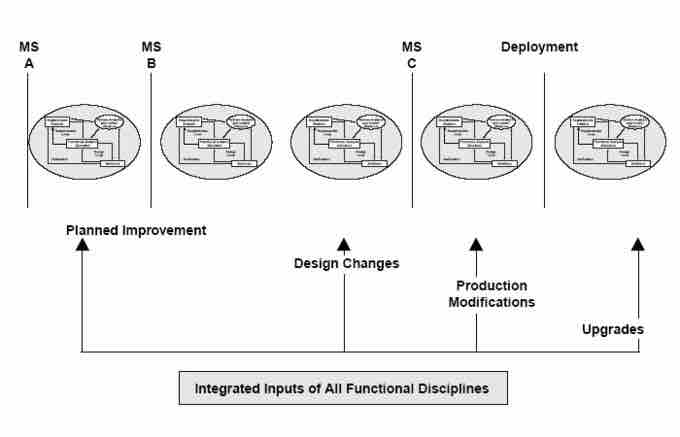Strategic management is critical to the development and expansion of all organizations. It represents the science of crafting and formulating short-term and long-term initiatives directed at optimally achieving organizational objectives. Strategy is inherently linked to a company's mission statement and vision; these elements constitute the core concepts that allow a company to execute its goals. The company strategy must constantly be edited and improved to move in conjunction with the demands of the external environment.
Strategy and Management
As a result of its importance to the business or company, strategy is generally perceived as the highest level of managerial responsibility. Strategies are usually derived by the top executives of the company and presented to the board of directors in order to ensure they are in line with the expectations of company stakeholders. This is particularly true in public companies, where profitability and maximizing shareholder value are the company's central mission.
The implications of the selected strategy are also highly important. These are illustrated through achieving high levels of strategic alignment and consistency relative to both the external and internal environment. In this way, strategy enables the company to maximize internal efficiency while capturing the highest potential of opportunities in the external environment.
Key Strategic Questions
The initial task in strategic management is to compile and disseminate the organization's vision and mission statement. These outline, in essence, the purpose of the organization. Additionally, they specify the organization's scope of activities. Strategic planning is the formal consideration of an organization's future course, and all strategic planning deals with at least one of three key questions:
- What do we do?
- How do we do it?
- How do we excel?
In business-related strategic planning, the third question refers more to beating or avoiding competition.
Strategic management is the art, science, and craft of formulating, implementing, and evaluating cross-functional decisions that will enable an organization to achieve its long-term objectives. It involves specifying the organization's mission, vision, and objectives; developing policies and plans to achieve these objectives; and then allocating resources to implement the policies and plans. Strategic management seeks to coordinate and integrate the activities of a company's various functional areas in order to achieve long-term organizational objectives.

Product improvement strategies
This strategy map illustrates an example of how product improvements are designed and implemented. Improvements move from the original plan, to design changes, to production modification, to deployments, to upgrades.